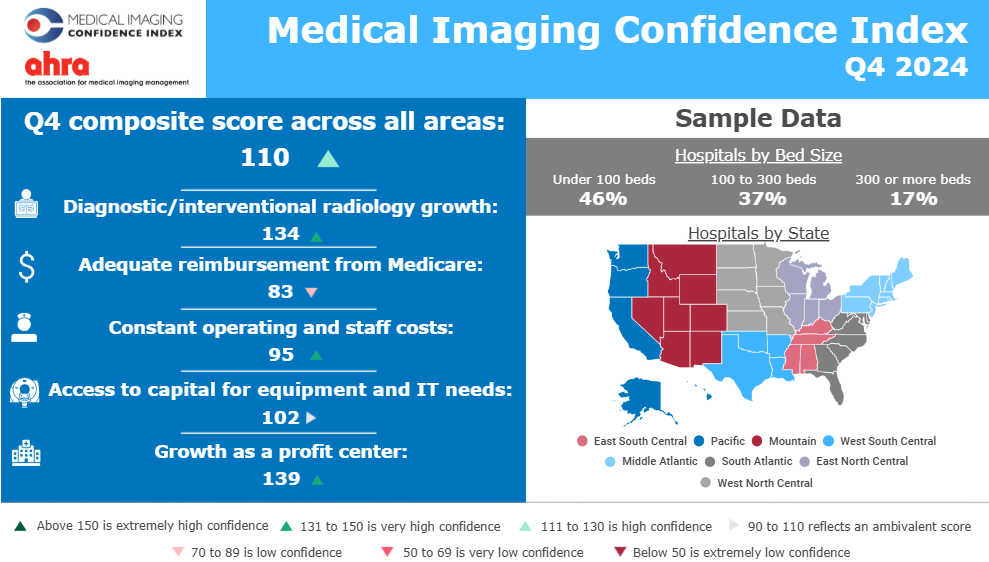Guide to Conjoint Analysis for Healthcare Insights
Share this article:
Healthcare decisions aren’t made in a vacuum.
Teams working on diagnostic platforms, informatics tools, or new treatment technologies face a mix of performance targets, budget constraints, and user needs.
Conjoint analysis brings structure to that complexity. It captures how real customers make trade-offs, revealing which features tip the scale and what price points resonate. Instead of relying on assumptions or internal consensus, teams gain direct insight into what buyers are willing to choose.
This approach adds the most value early in product development or ahead of launch. It helps refine what matters most, like cutting distractions, sharpening value propositions, and making it easier to speak to customer priorities. For teams tired of second-guessing, it offers a behavioral lens that moves strategy forward.
Conjoint analysis transforms uncertainty into opportunity; it grounds decisions in behavioral insight and accelerates success.
What is Conjoint Analysis?
Conjoint analysis is a quantitative research methodology that models how people make decisions when faced with multiple variables. Rather than asking respondents to rate features in isolation, it uncovers the relative importance of each feature based on the trade-offs people are willing to make.
This method helps quantify how pricing, functionality, and other product attributes influence real-world choices, making it especially valuable for MedTech teams seeking to understand complex buyer behavior.
How Conjoint Analysis Works in
Healthcare Research
In a conjoint study, respondents evaluate sets of hypothetical product profiles, each combining different features, benefits, and pricing. These scenarios simulate realistic purchasing or adoption decisions.
In the healthcare space, this means clinicians, hospital administrators, or patients engage with trade-offs in imaging systems, diagnostic tools, or AI-powered platforms. The resulting data shows which attributes drive selection, how preferences shift across roles, and where perceived value lies.

Why Use Conjoint Analysis in Healthcare?
Instead of relying on anecdotal feedback or internal assumptions, conjoint analysis provides quantifiable data on how different features, price points, and configurations influence customer choice.
In healthcare, this method delivers insight that supports precision and confidence across product strategy, marketing, and sales planning.
Understand Customer Preferences for Better Decision-Making
Conjoint analysis reveals which product attributes matter most to specific audiences, from cost sensitivity to diagnostic accuracy and beyond. This helps teams align messaging, prioritize development, and shape offerings around customer-defined value.
Optimize Product Offerings for Market Fit
Using conjoint data, organizations can refine bundles, adjust features, or recalibrate service tiers to meet stakeholder expectations. These insights help close the gap between internal vision and external demand.
Gain a Competitive Advantage Through Data-Driven Insights
Before launch, conjoint results can simulate market reactions and forecast share shifts. This allows teams to evaluate positioning, identify risk, and move decisively against competitors.
Key Areas Where Conjoint Analysis Solves
Healthcare Challenges
Healthcare organizations face multi-layered decisions that rarely yield to surface-level surveys or historical data. When priorities conflict (clinical utility versus cost, speed versus accuracy, or innovation versus budget), conjoint analysis helps untangle the trade-offs. It models real-world decision-making to show what stakeholders will actually choose, not just what they say they prefer. This structured approach supports multiple use cases across the product lifecycle.
Pricing Strategy and Value Perception
Understanding price elasticity is core to commercial success. Conjoint analysis reveals how sensitive different buyers are to pricing shifts and which features justify higher costs. This helps teams anchor pricing to perceived value rather than internal targets.
Plan Design and Coverage Optimization
When designing plans or service packages, conjoint analysis identifies which combinations of features deliver the strongest appeal. Teams can adjust scope, cost, and included services based on data, not trial-and-error.
Analyze Preference Differences Across Demographics
Using simulation tools, teams can explore how clinicians, administrators, or patients in different demographic or behavioral groups prioritize product attributes. This enables tailored messaging and refinement of value propositions.
Product Development and Innovation
Early in development, conjoint data helps prioritize features that matter most to end users. It reduces guesswork and aligns engineering resources to validated customer needs.
Competitive Landscape Assessment
Teams can simulate how new offerings compare against existing solutions. This helps inform positioning, marketing claims, and strategic differentiation.
Minimizing Cannibalization of Legacy Products
When introducing new versions, conjoint analysis can forecast how updated products may impact existing offerings. It helps balance innovation without eroding prior revenue streams.
What to Consider Before Using Conjoint Analysis
Conjoint analysis delivers depth, but it requires careful planning to yield meaningful results. When done right, it produces high-confidence insights that inform pricing, positioning, and product design decisions. Before moving forward, teams should consider a few foundational factors.
Start with a clear business question. The strength of conjoint lies in its ability to model trade-offs, so the attributes chosen must reflect real decision points your audience faces. Irrelevant or overly technical variables can dilute insights and confuse respondents.
Attribute selection, level definition, and profile design all require cross-functional input. Engage clinical, commercial, and research teams early to ensure the study reflects both market realities and internal priorities.
Sample selection also matters. Whether targeting purchasing committees, radiologists, or hospital IT leaders, the study must reach the right decision-makers to reflect authentic preferences.
Finally, interpreting results takes more than just a utility score. Context, experience, and simulation tools are key to turning output into strategic direction. That’s where expertise makes a difference.
Leverage Conjoint Analysis for Smarter
Healthcare Insights
Conjoint analysis gives teams the ability to understand how healthcare buyers think when choices are complex and trade-offs are unavoidable. It breaks decisions down into measurable inputs, showing what influences preference, how much each factor matters, and where perceptions shift across different roles and settings.
These insights sharpen strategy. Regardless of whether the goal is to optimize pricing, refine product features, or plan a successful launch, conjoint data helps reduce uncertainty and align internal priorities to actual market behavior.
At The MarkeTech Group, we specialize in designing healthcare-focused conjoint studies that answer the right questions at the right time. Our experience spans imaging, diagnostics, informatics, and AI, delivering simulations that reflect real-world decision-making among clinicians, administrators, and patients. Our proprietary tool simPro™ transforms data into clear, strategic direction.
Interested in applying conjoint analysis to your next project?
Submit an RFP to start the conversation. We'll tailor our approach to match your goals and help you move forward with clarity and confidence.




